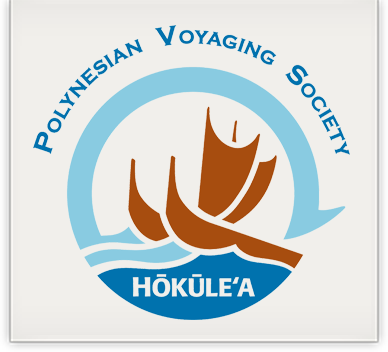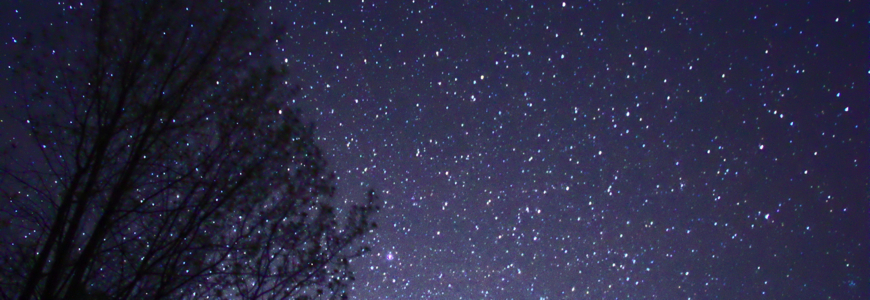Nā ʻOhana Hōkū ʻEhā (The Four Star Lines/Families)
Nā ʻOhana Hōkū ʻEhā (The Four Star Lines/Families)
Grades 9-12
Developed by Kaimana Barcase, Hokualaka’i
Please click here to contact the teacher
Thank you for checking out our curriculum. We would love to hear your feedback. Please click here to post your comments on our Mālama Honua Google+ community.
In this Unit, participants will use methods of celestial navigation to understand the paradigms of cultural thinking, allowing the participant to connect traditional ways of knowing to modern circumstances, problems, and situations. The components of this unit will include research, and application of concepts learned in culturally appropriate settings. This Unit is targeted towards grades 9-12, and undergraduate collegiate studies.
• Learning the Hawaiian methods of celestial navigation can help us to understand the Hawaiian paradigms of logical thinking. • We can use the kuanaʻike Hawaiʻi (Hawaiian way of thinking) to reconnect new knowledge to Hawaiian traditions in modern times.
How did the Ancient Hawaiians/Polynesians organize the stars for navigation and other uses? And how do we utilize that knowledge to navigate the future?
Language Arts (Commom Core State Standards) 9.RI.2:Determine a central idea of a text and analyze its development over the course of the text, including how it emerges and is shaped and refined by specific details; provide an objective summary of the text. 9.SL.4: Present information, findings, and supporting evidence clearly, concisely, and logically such that listeners can follow the line of reasoning and the organization, development, substance, and style are appropriate to purpose, audience, and task. 9.W.2a: Write informative/explanatory texts to examine and convey complex ideas, concepts, and information clearly and accurately through the effective selection, organization, and analysis of content. a. Introduce a topic; organize complex ideas, concepts, and information to make important connections and distinctions; include formatting (e.g., headings), graphics (e.g., figures, tables), and multimedia when useful to aiding comprehension. Nā Ala ʻIke Mauli Ola ʻIke Honua (Value of Place): Developing a strong undertanding of place, and appreciation of the environment and the world at large, and the delicate balance necessary to maintain it for generations to come. ʻIke Hoʻokō (Value of Applied Achievement)): Measuring success and outcomes of our learning through multiple pathways and formats. ʻIke Kuanaʻike (Value of Cultural Perspective): Increasing global understanding by broadening the views and vantage points from which to see and operate in the world (Developing the cultural lens from which to view and operate in the world). ʻIke Mauli Lāhui (Value of Cultural Identity): Strengthening and sustaining Navtive hawaiian cultural identitiy through practices that support the learning, understading, behaviors, and spiritual connections through the use of the Hawaiian language, culture, history, traditions and values. ʻIke Naʻauao (Value of Intellect): Instilling and fostering a lifelong desire to seek knowledge and wisdom, and strengthening the thirst for inquiry and knowing. ʻIke Pikoʻu (Value of Personal Identity): Promoting personal growth and development, and a love of self, which is internalied and develops into a sense fo purpose/role. (Growing aloha and internalizing kuleana to give back.) ʻIke Pilina (Value of Relationships): Enriching our relationships between the people, places and things that influence our lives through experiences that ground us to our spirituality and connect us to our genealogy, culture, and history through time and place.
• Participants should internalize the knowledge of Star Families/Lines used in Navigation. • Participants should understand the relationship with traditional knowledge and modern knowledge and be able to demonstrate itʻs differences and similarities in creation and application. • Participants should be able to use technology to enhance and support presentation of ideas • Participants should know about the stories of each of the ʻOhana Hōkū (Starlines/families) • Participants should be able to determine the seasons best for sailing using the various ʻOhana Hōkū • Participants should be able to share the ʻOhana Hōkū through performance (chant, song, dance) • Participants should be able to demonstrate the modern applications of traditional knowledge. • Participants should be able to identify the relationship of the timing and placement of the ʻOhana Hōkū to the various seasons important in the Hawaiian culture.
Building/ Activating the Background 1. Participants research the ʻOihana Hoʻokele Waʻa Hou, the Navigation Methods of the present day. 2. Participants learn the chants associated which each of the 4 ʻOhana Hōkū. 3. Participants research and study the moʻolelo kuʻuna, the historical stories, associated with each of the 4 ʻOhana Hōkū. Deepening the Understanding 4. Participants spend time in the mountains and on the canoe experiencing and studying the stars in a traditional environment 5. Participants utilize their observations and findings to create a star map of the various legs of the World Wide Voyage(WWV), coinciding with the seasons of each hemisphere and the sail plan of the WWV 6. Participants create teaching and learning aids for themselves, test them, and rework the aids to work for other audiences Applying the Learning 7. Participants teach what they have learned to another audience (peer or community) 8. Participants engage with crewmembers of the various voyaging programs around the state 9. Participants track the WWV and verify their findings of their star maps 10. Participants create a web page sharing their findings and reflections
• Participants will be able transmit through performance the knowledge of the ʻOhana Hōkū to a broad audience of their peers, families, and community. • Participants will be able transmit through technology the knowledge of the ʻOhana Hōkū to a broad audience of their peers, families, and community, and the world. • Participants will be able to identify the various windows to sail utilizing the different ʻOhana Hōkū,. • Participants will be able to utilize the stars and the heavenly bodies to navigate. • Participants will be able to use oral traditions and methods to organize the heavens. • Participants will be able to communicate how star lines are connected to history through stories and legends. • In each of the above listed Performance tasks, participants will be able to identify the successes and consequences of proper and improper performances of the tasks.
• Participants will share with other participants • Participants will share with their local communities • Participants will share with the global community
• Participant utilizes the paradigms of the HCBE knowledge in other course work • Participant work moves progressively toward a Hawaiian cultural framework, and further away from a Western one. • Participant utilizes the paradigms of the knowledge in their lives • Participants will be evaluated using assessments developed for this unit based on the “Nā Honua Mauli Ola”, “Nā Ala ʻIke Mauli Ola”, “Kumu Honua Mauli Ola”, and “KOA” standards.
Rubrics tba Materials tba


